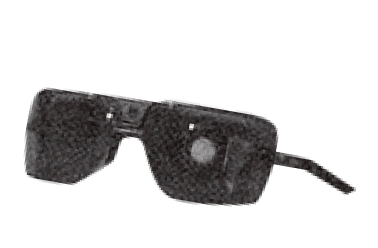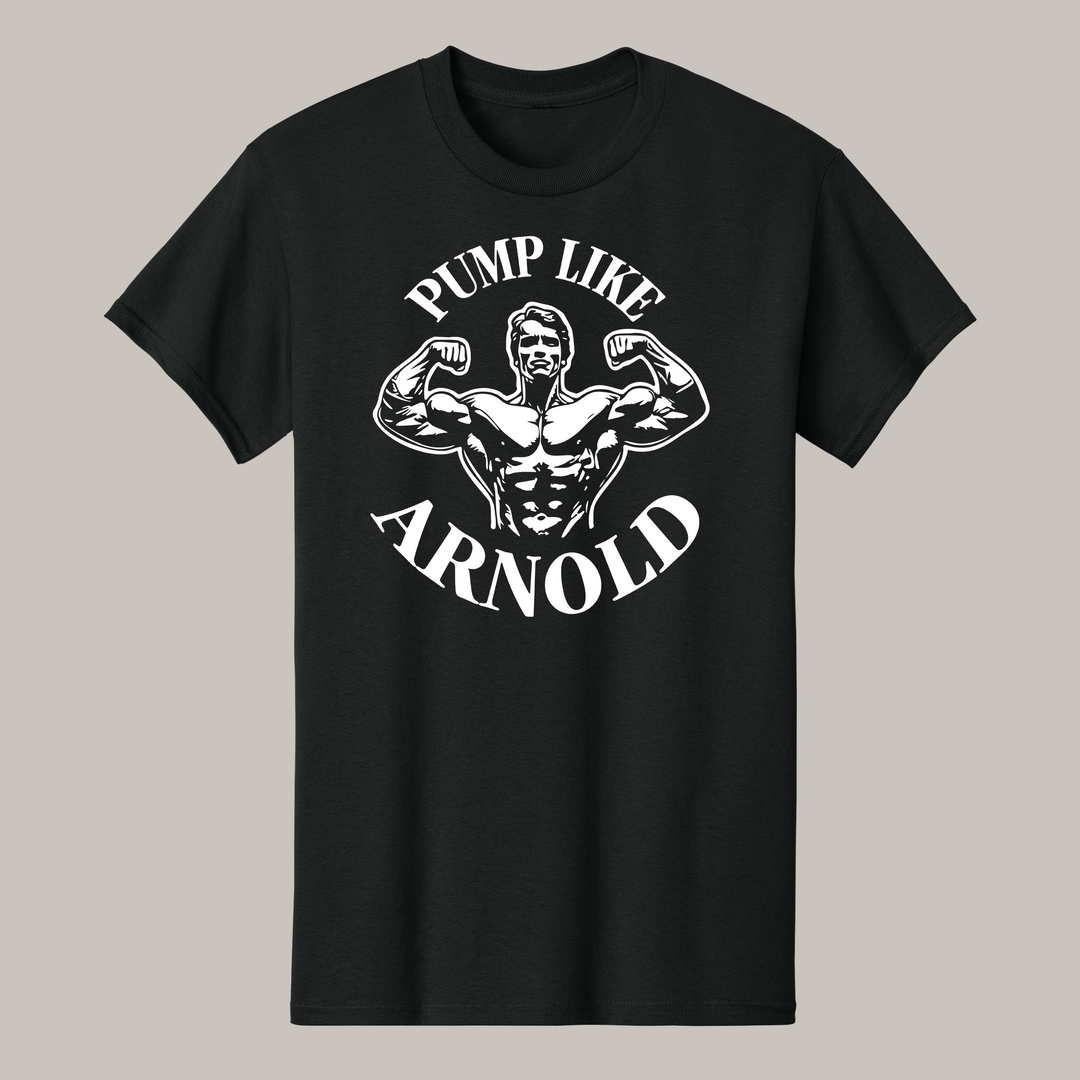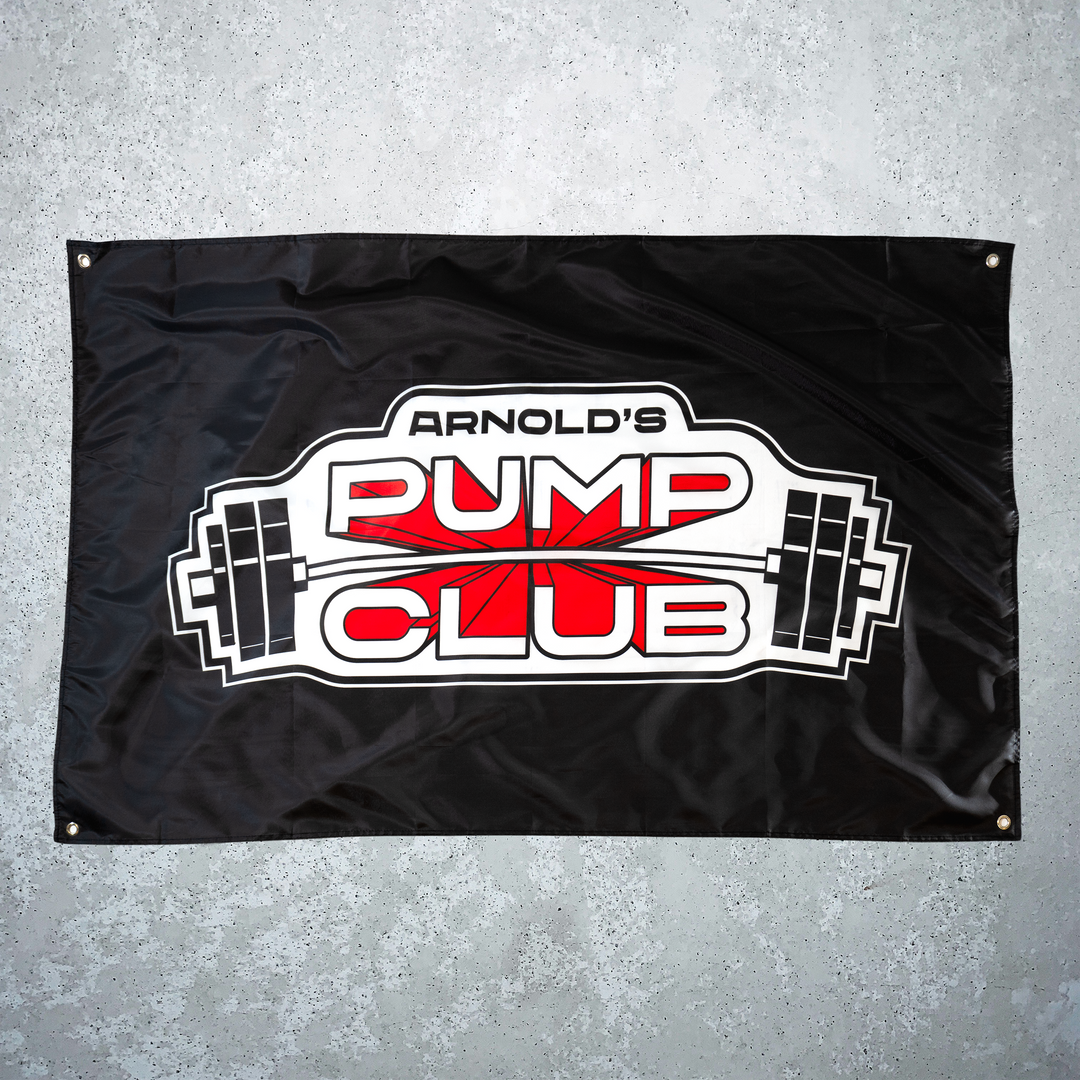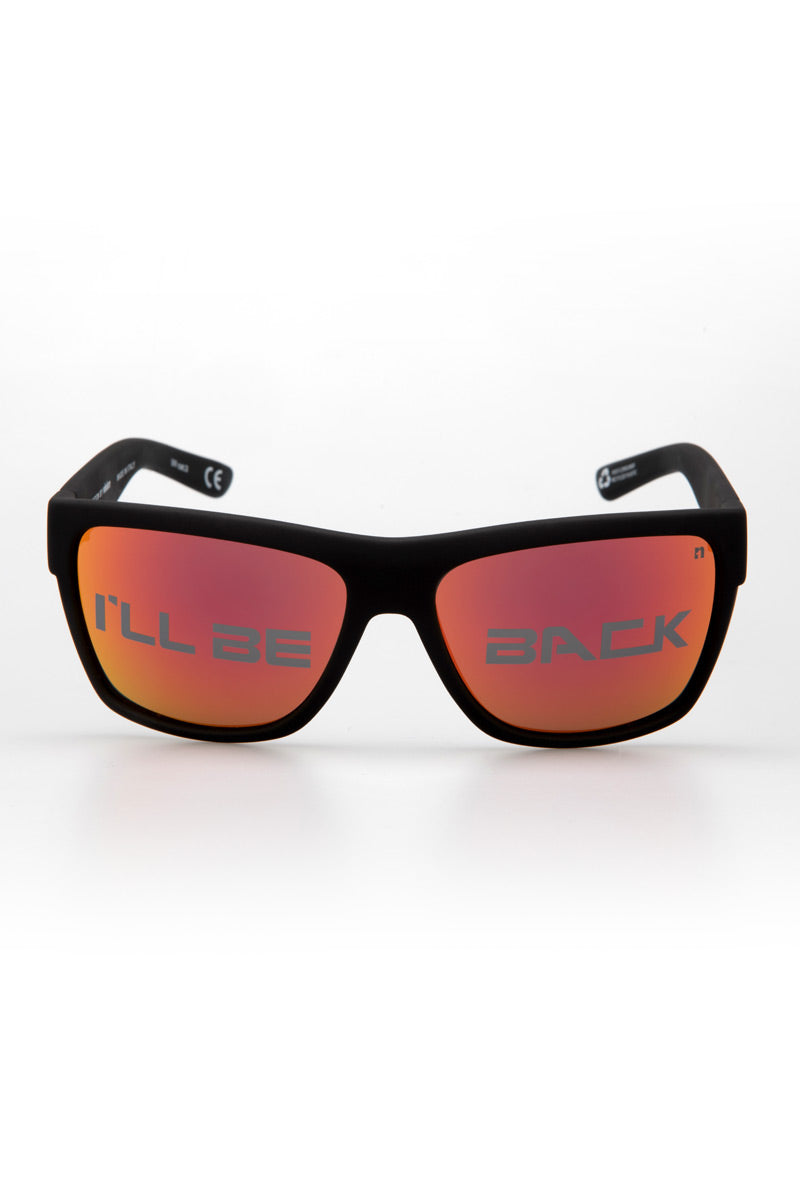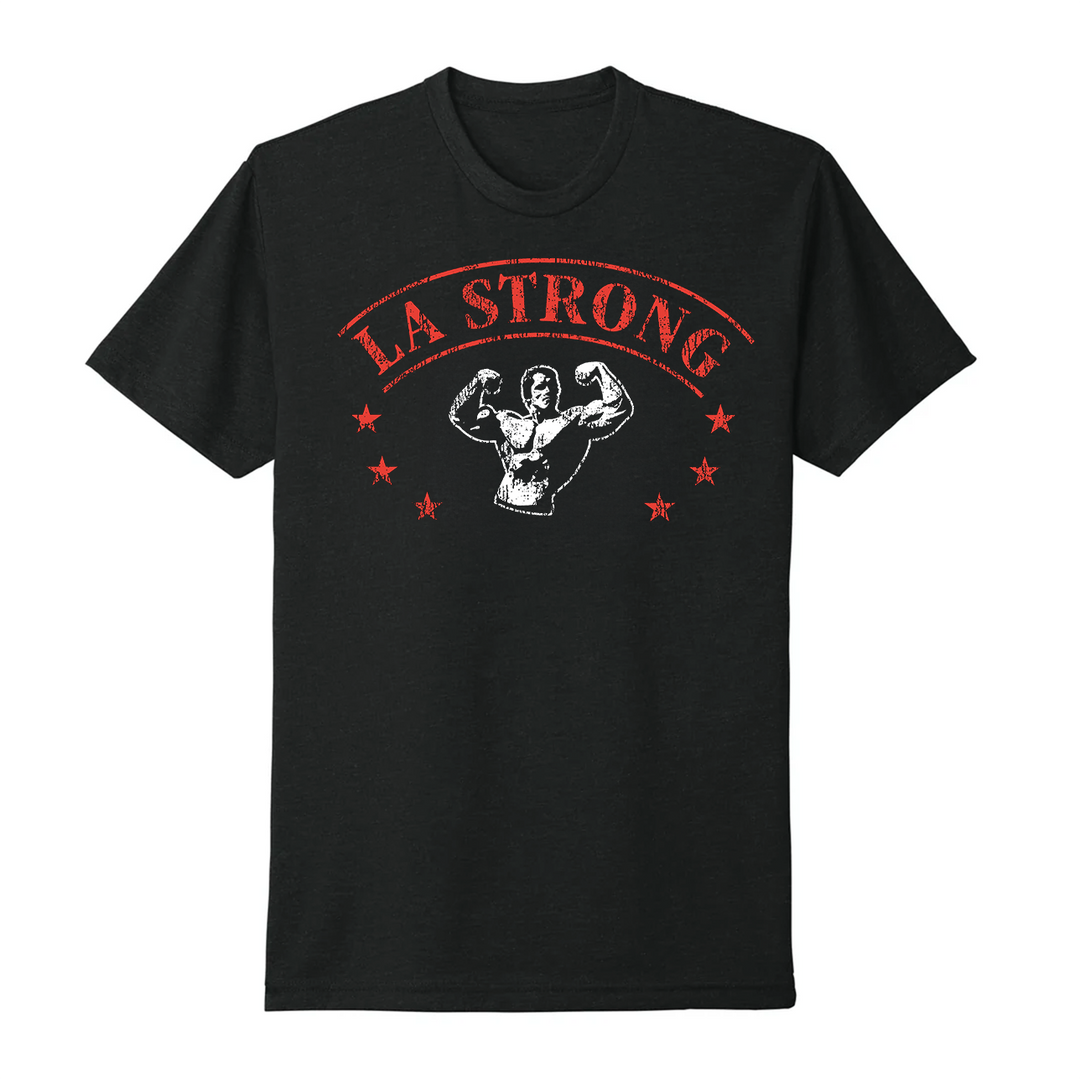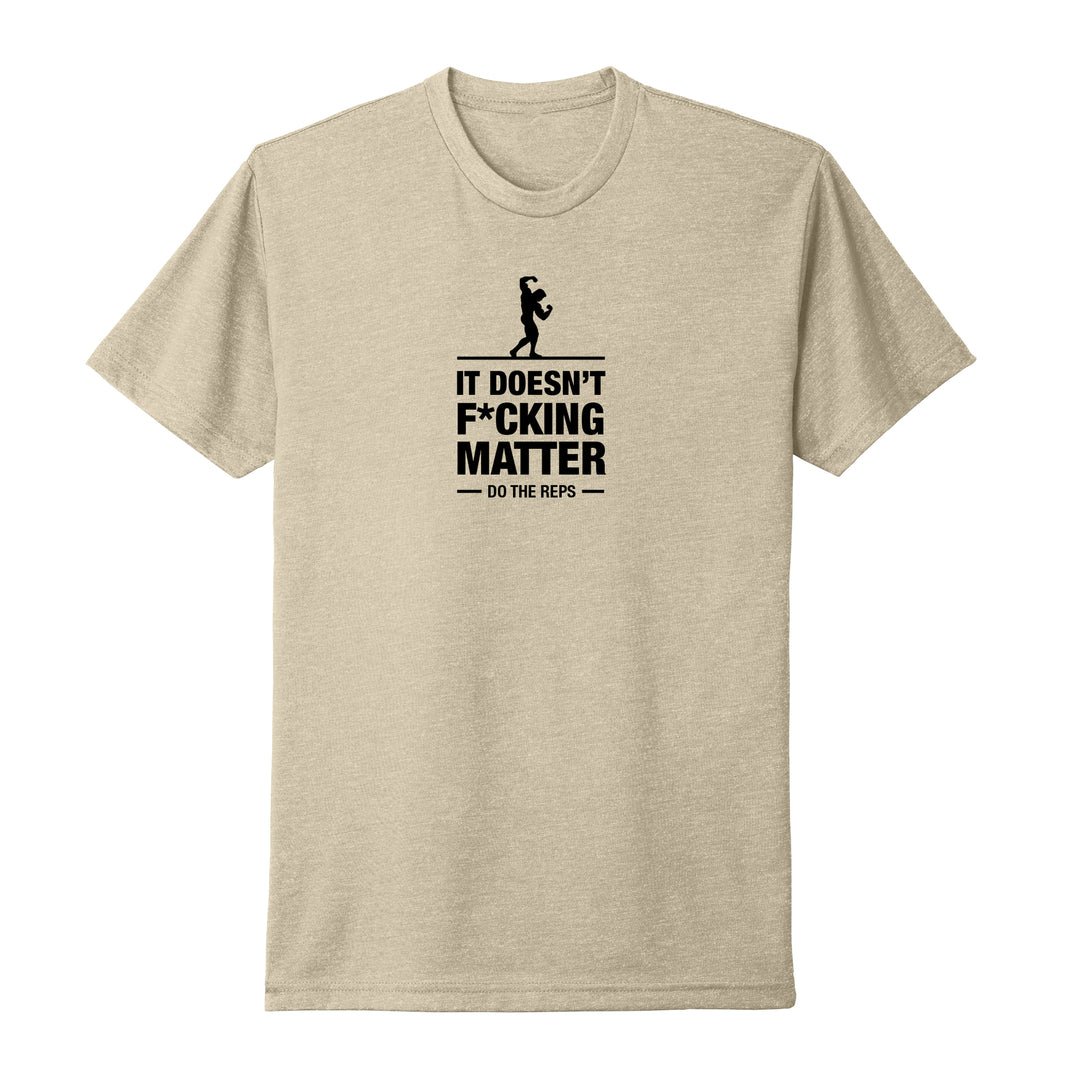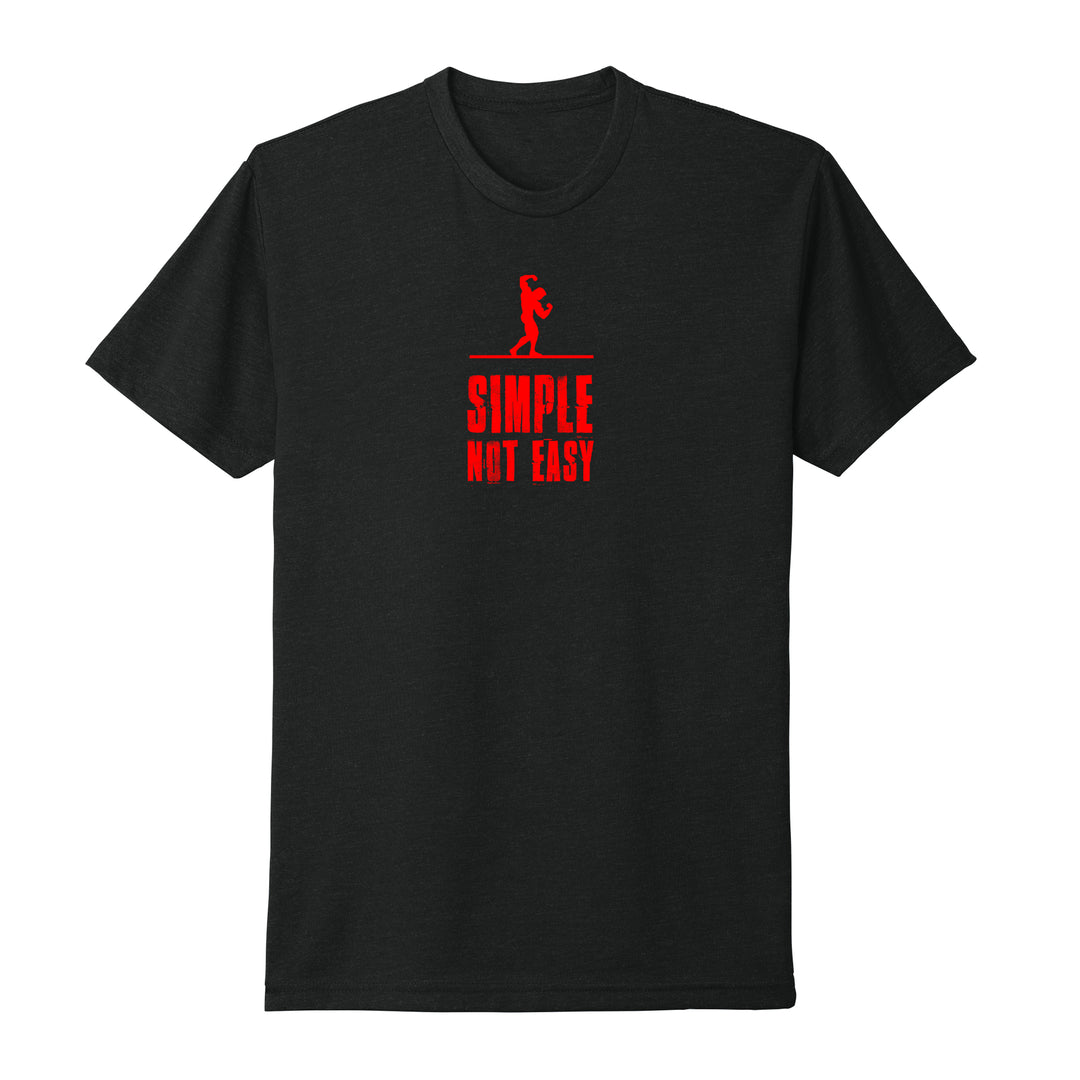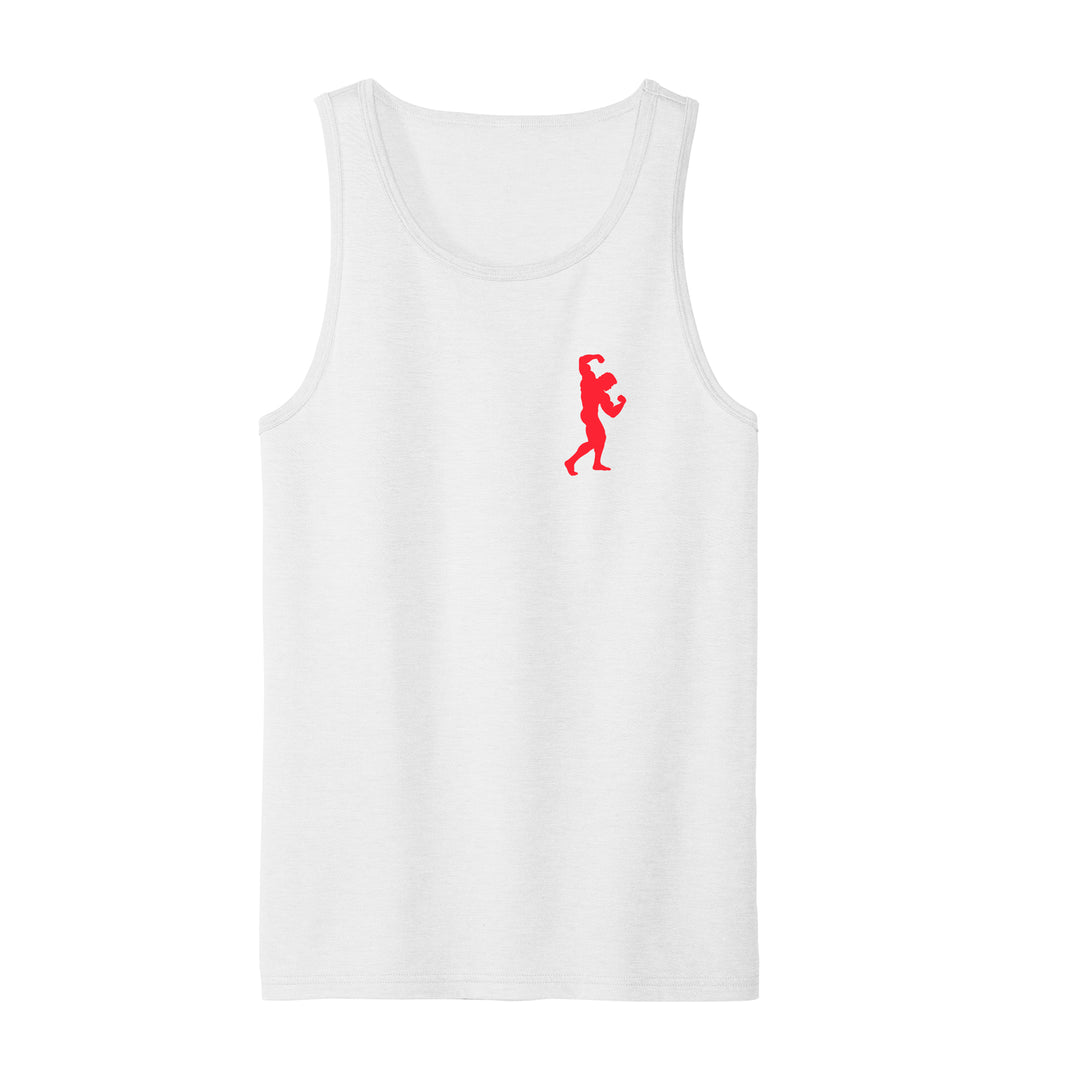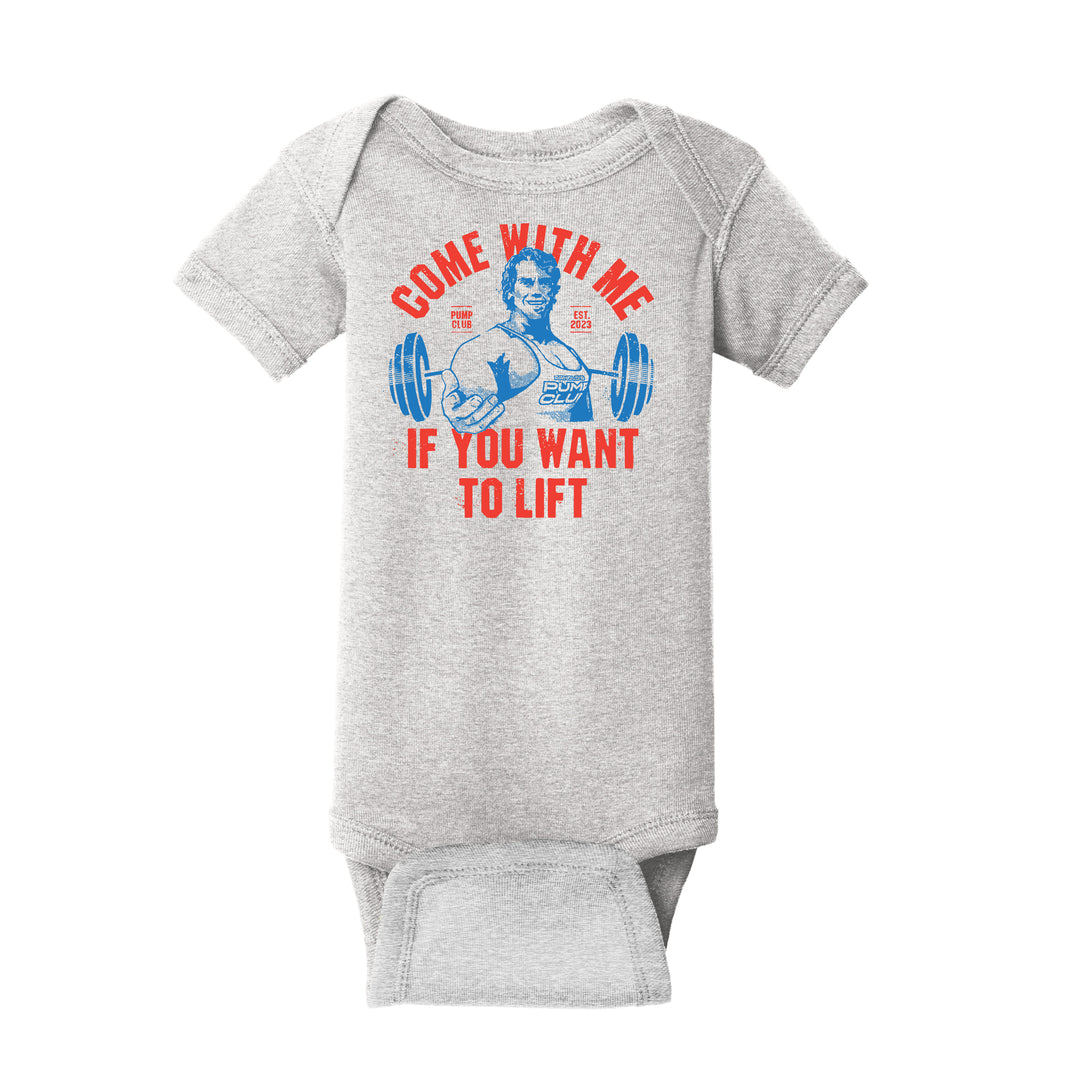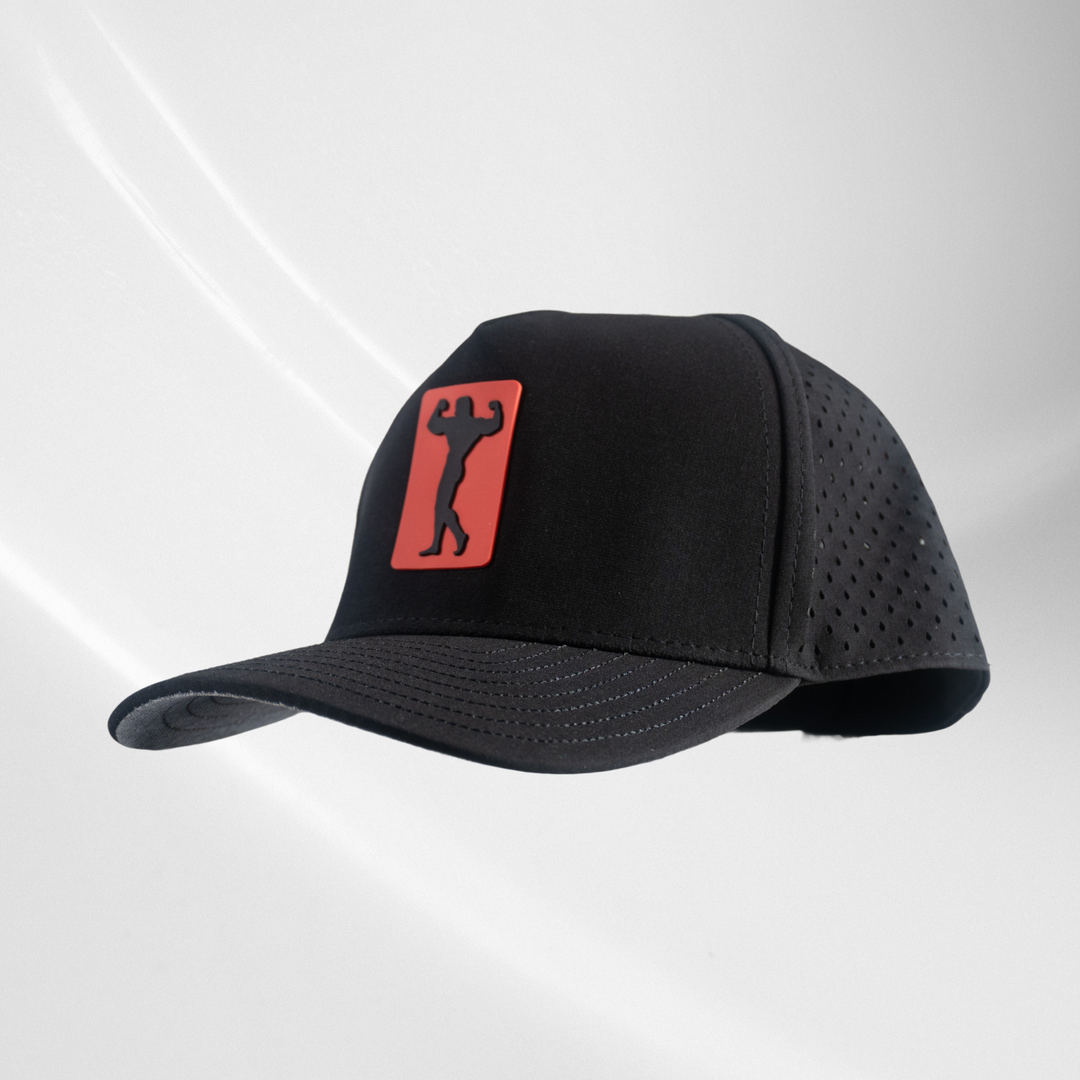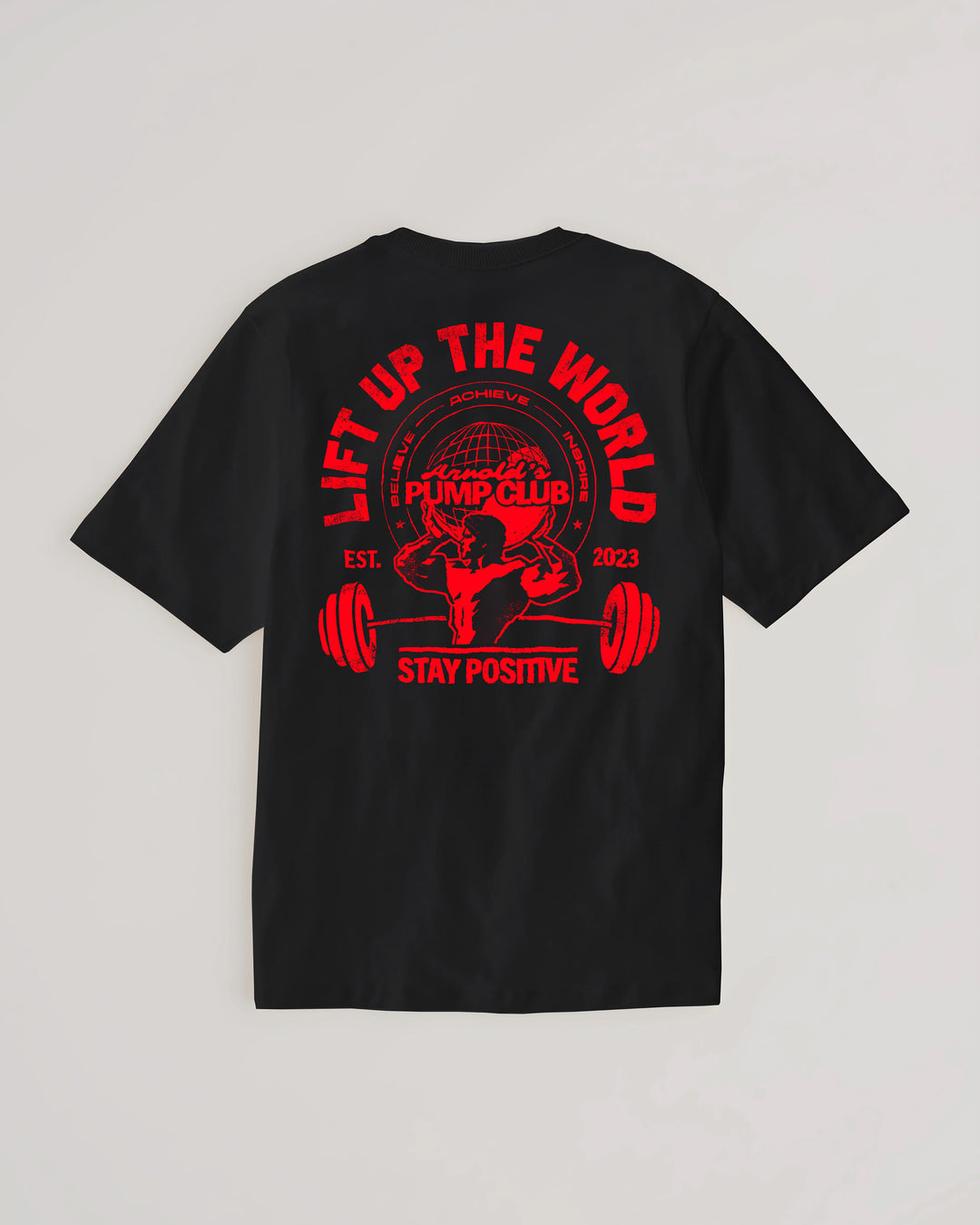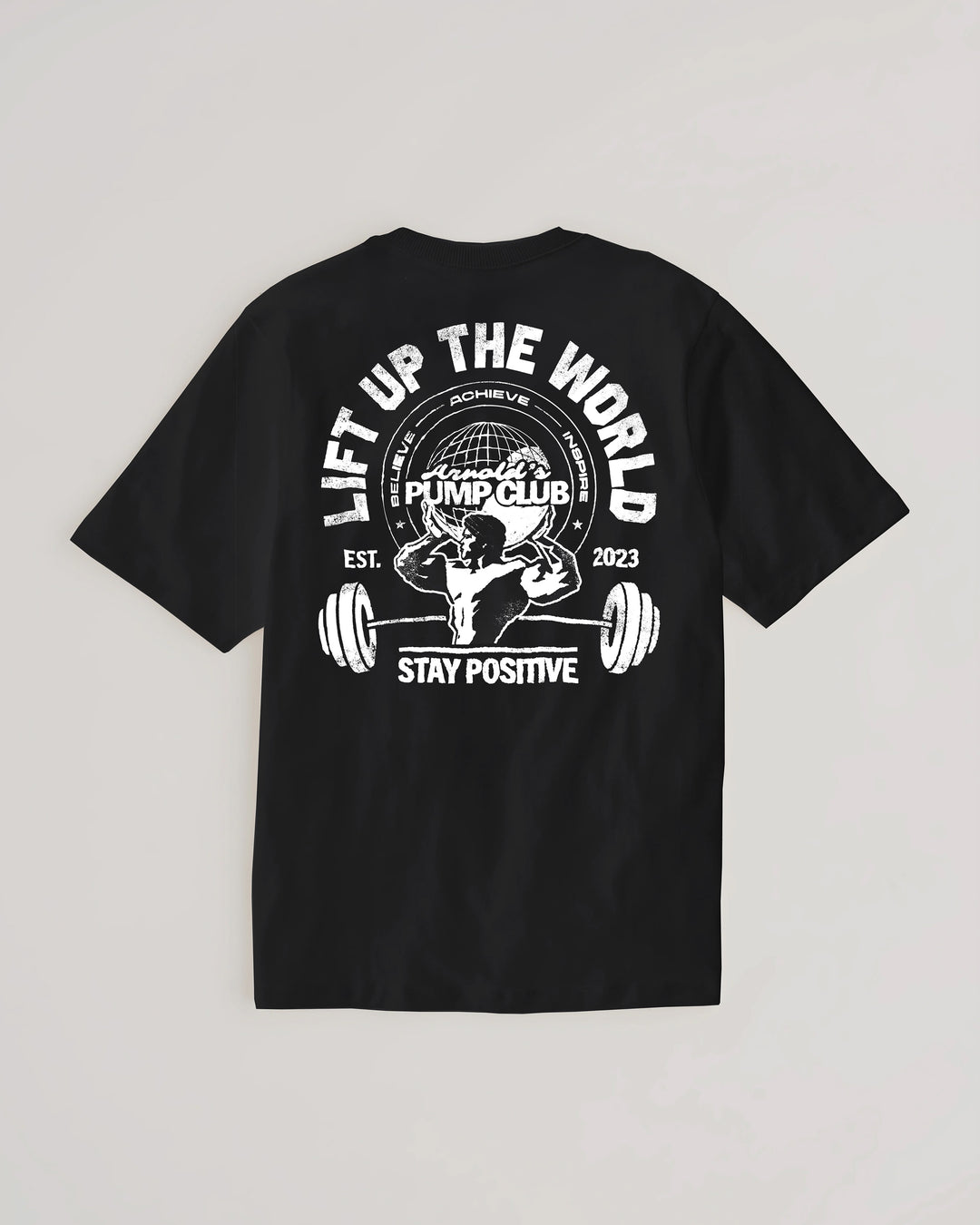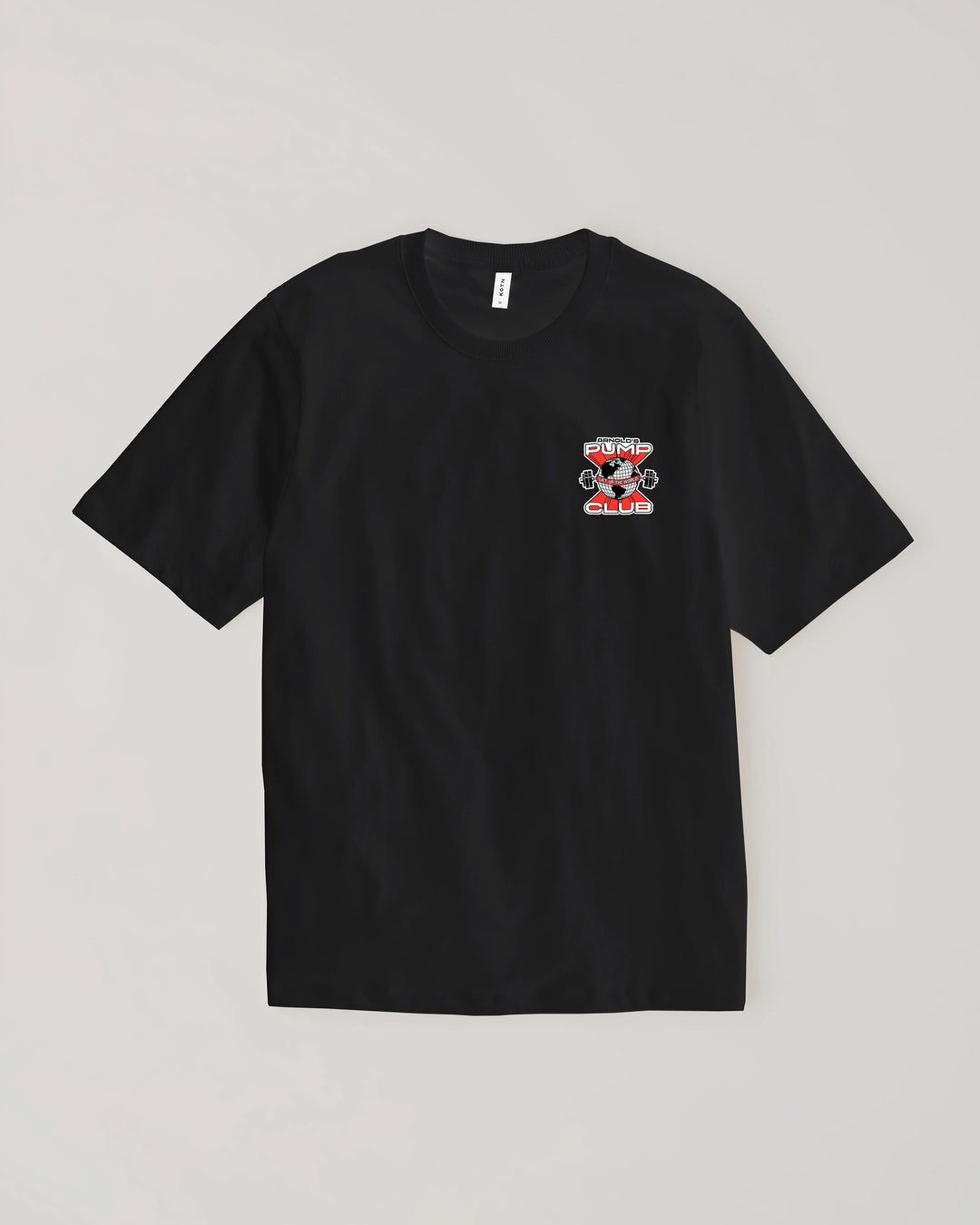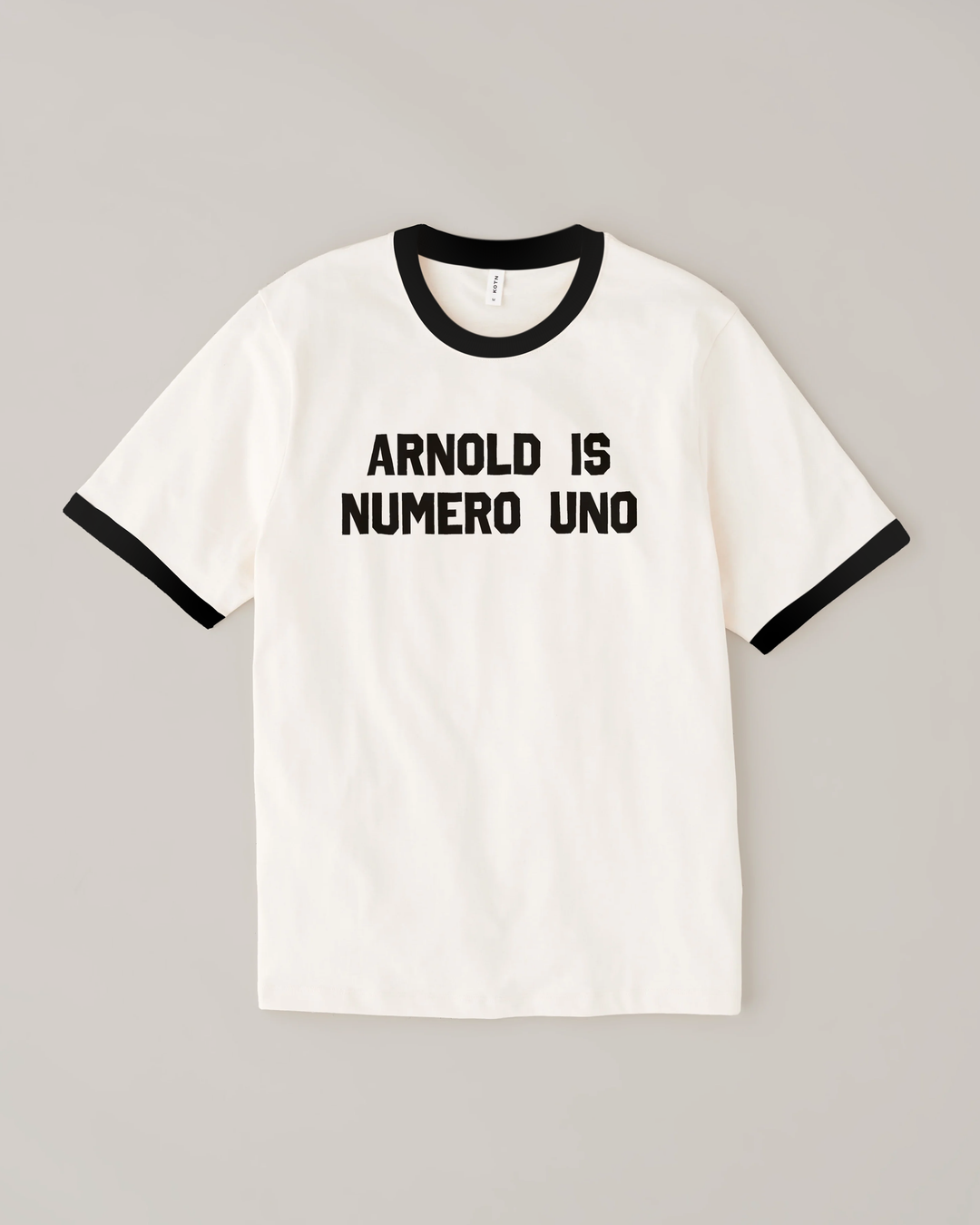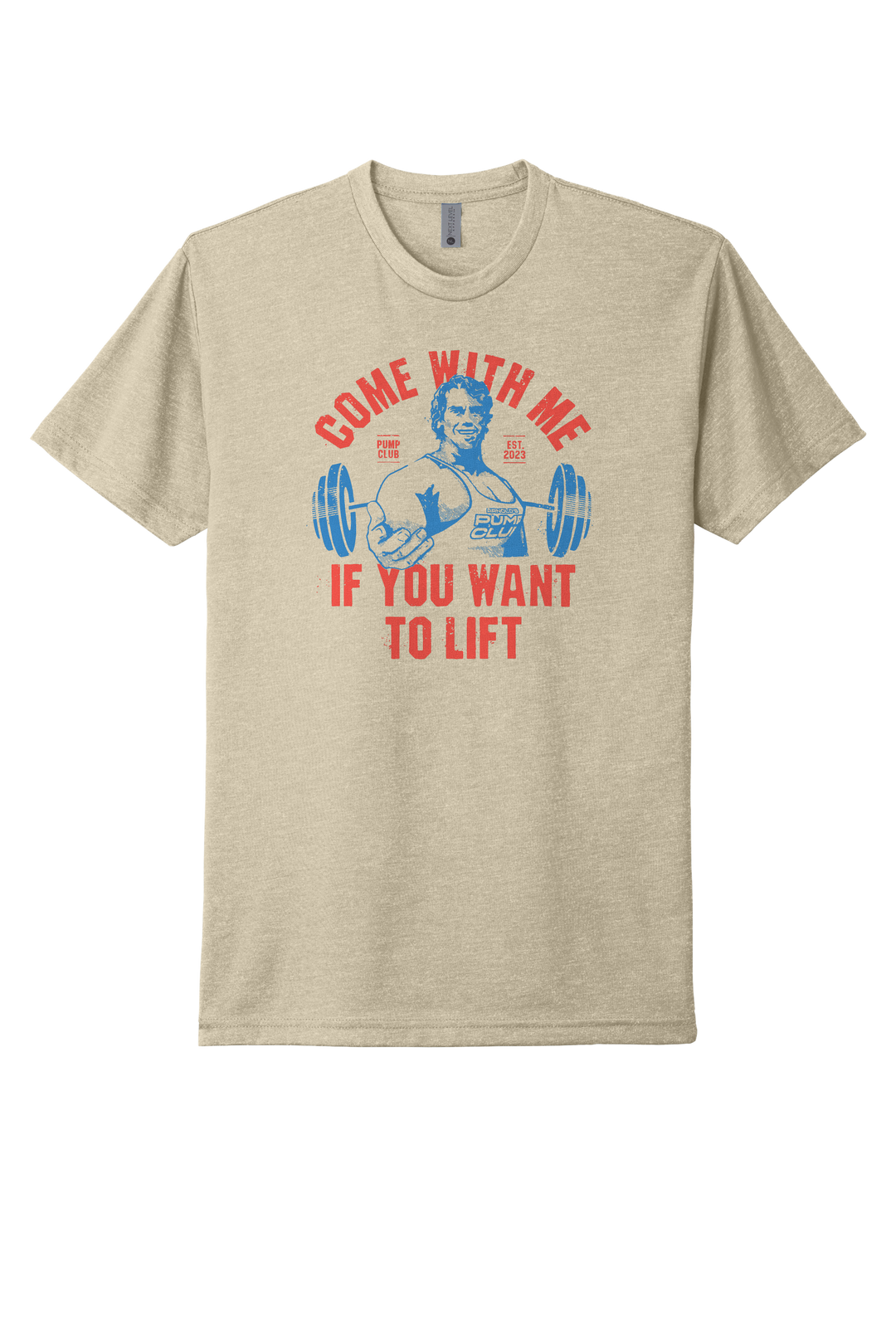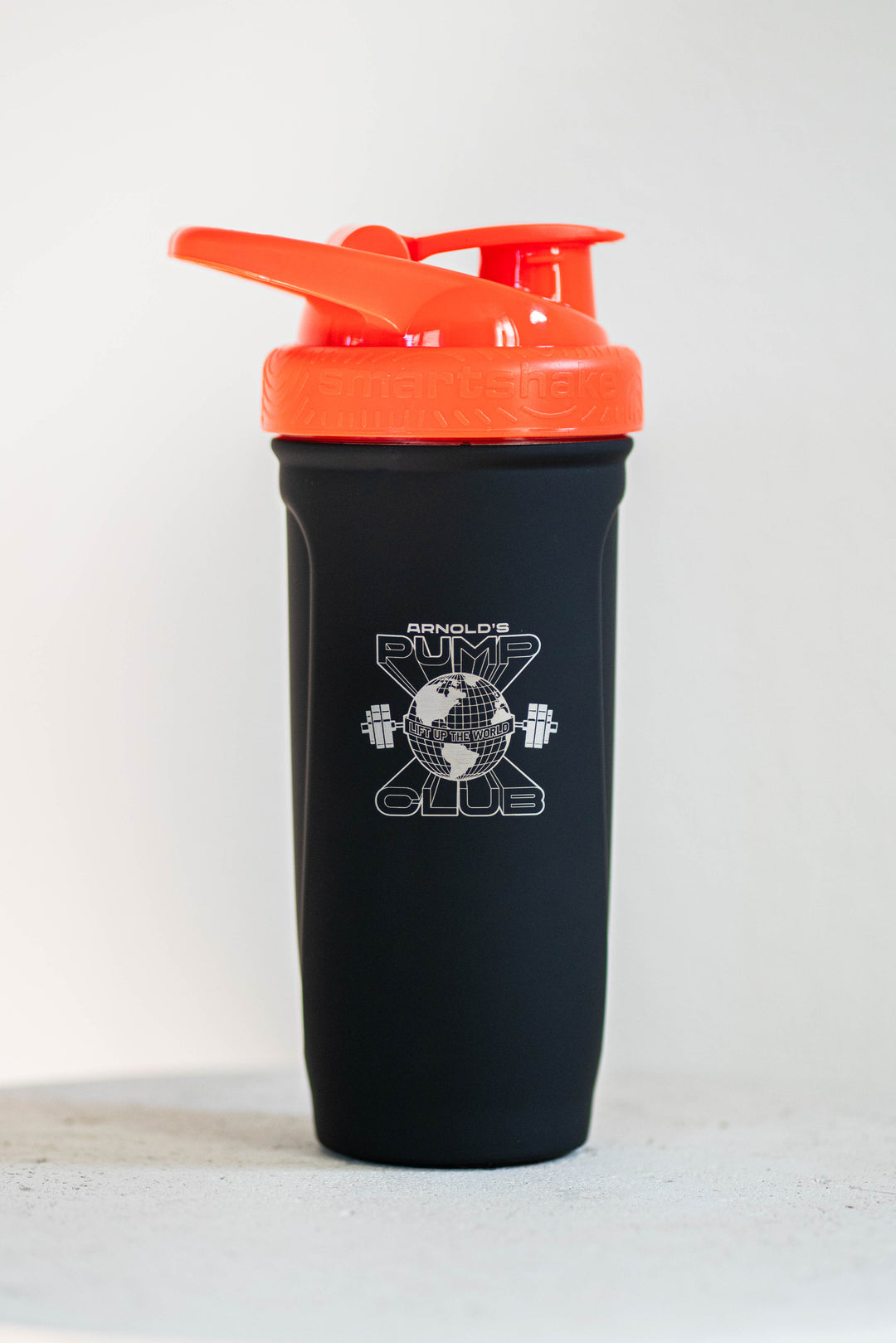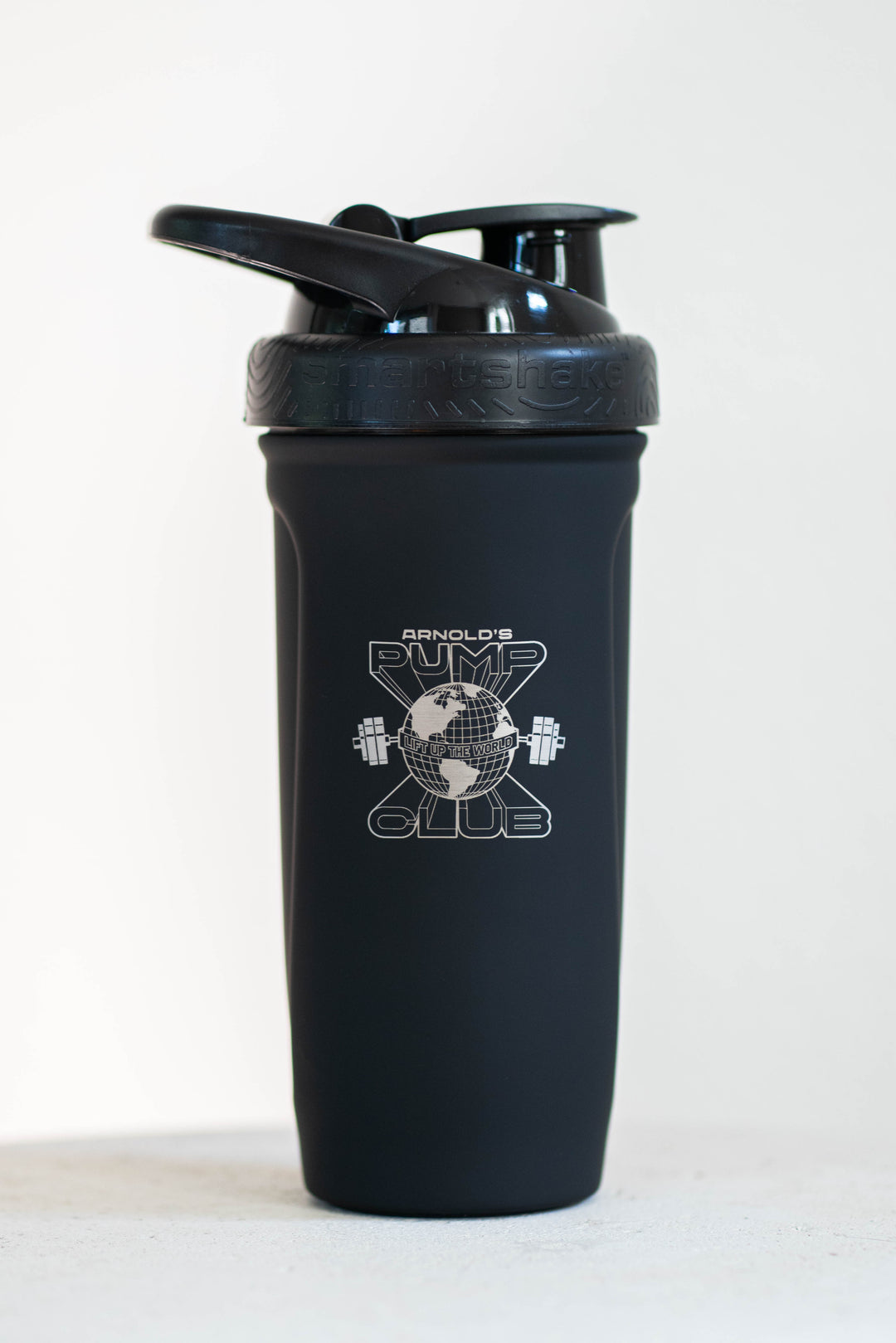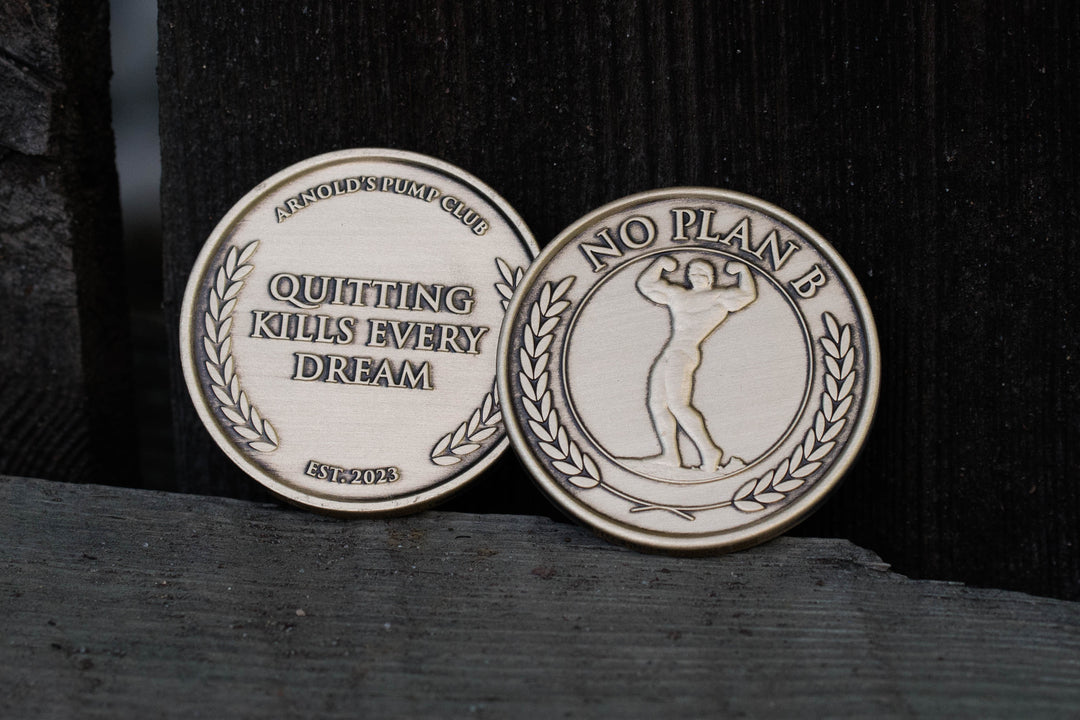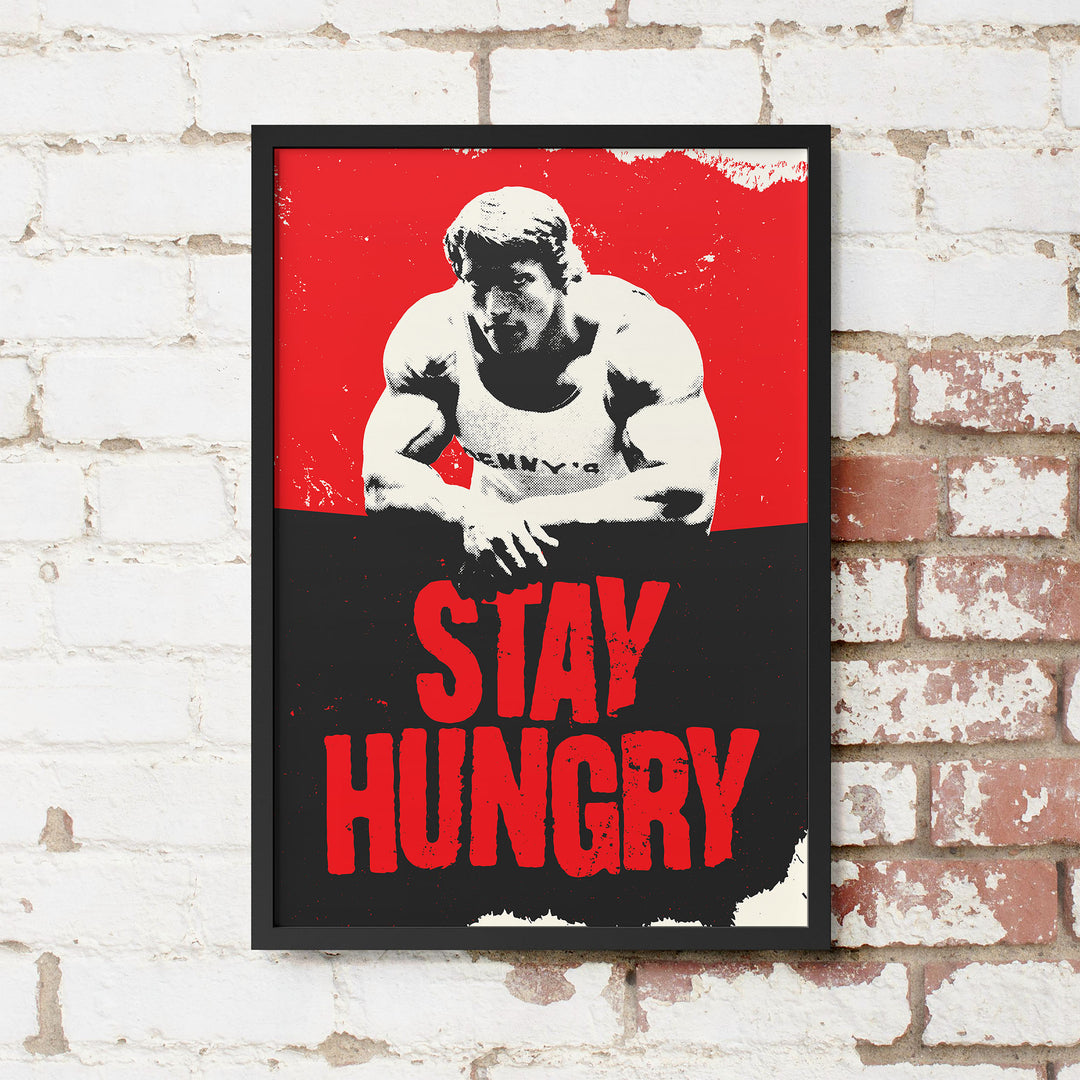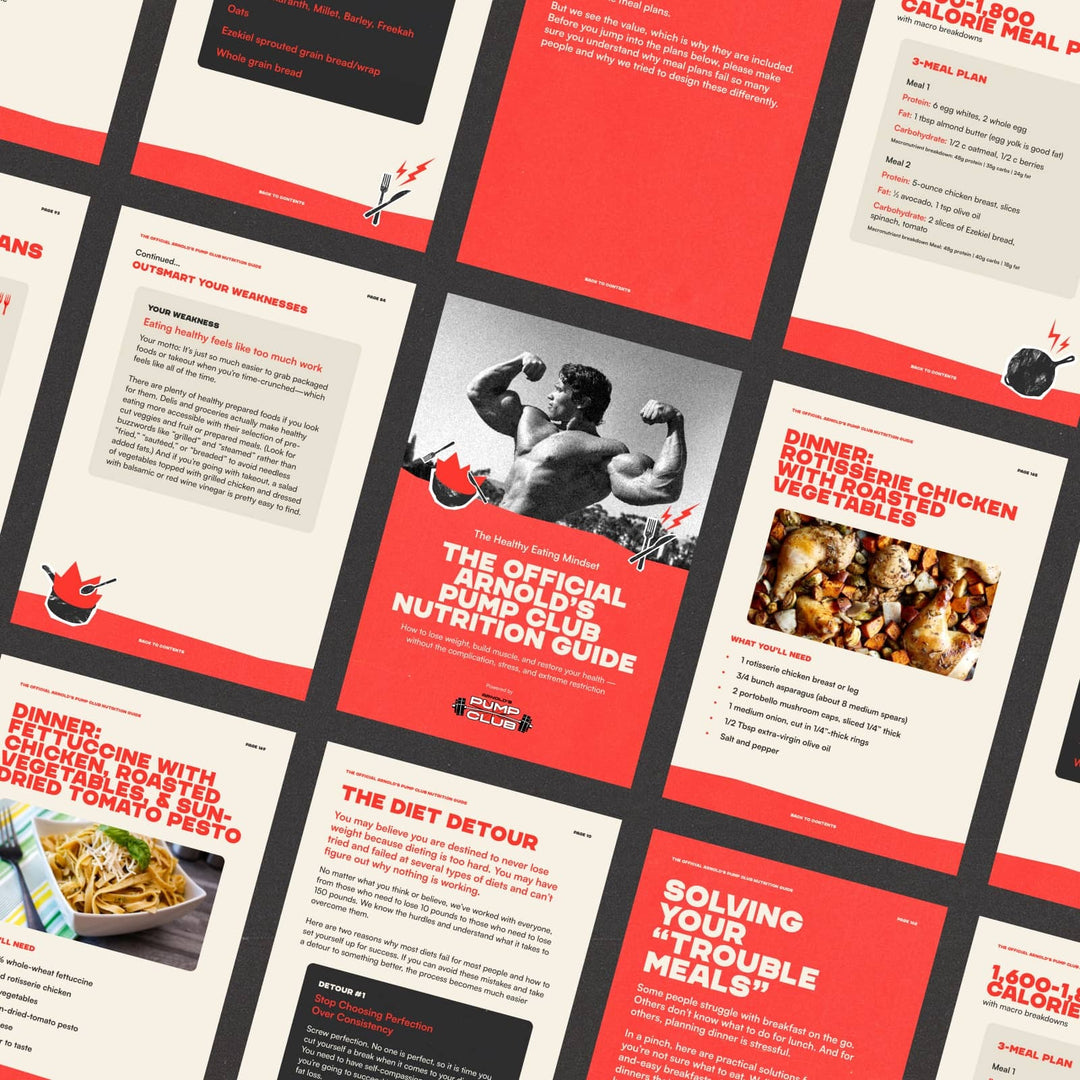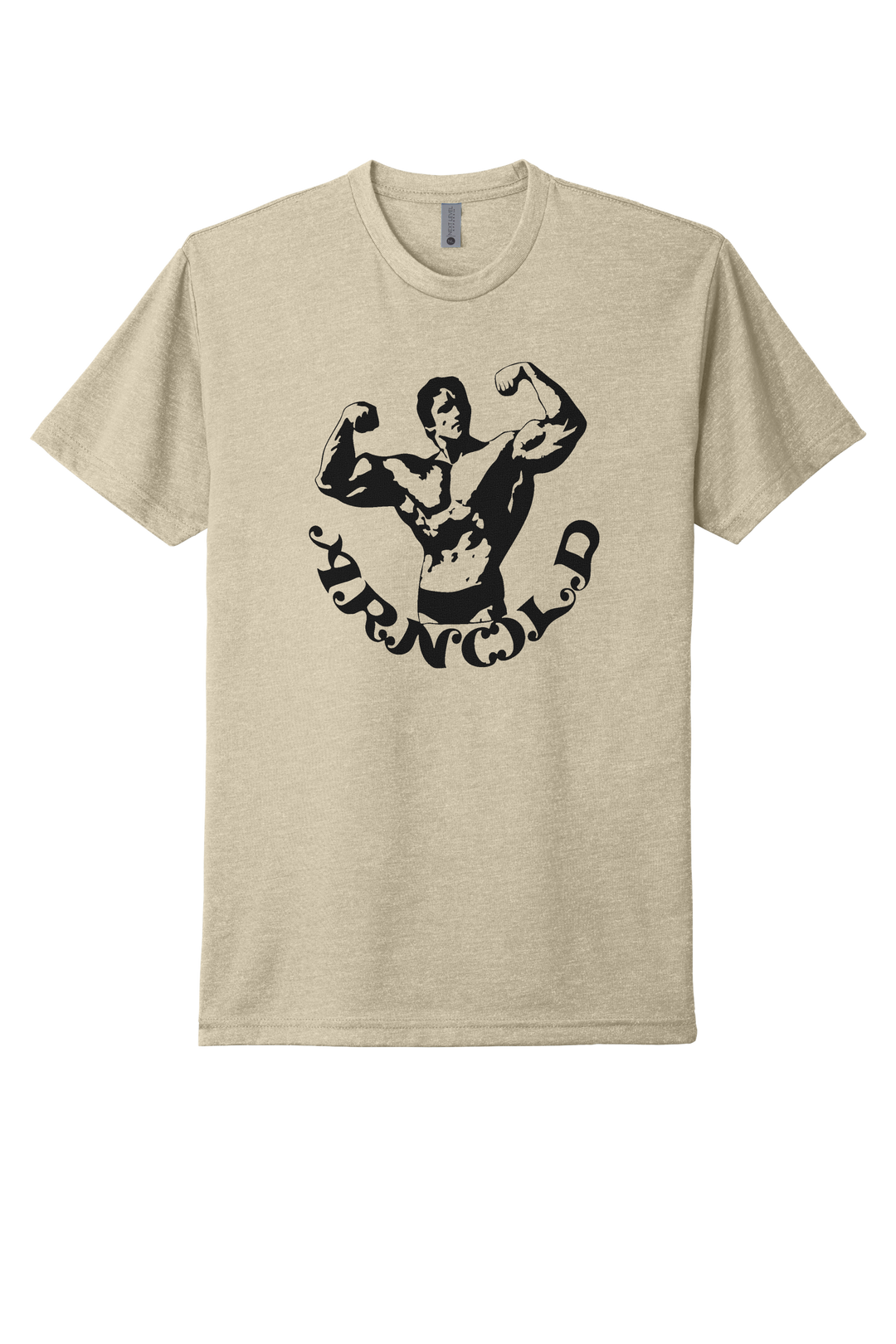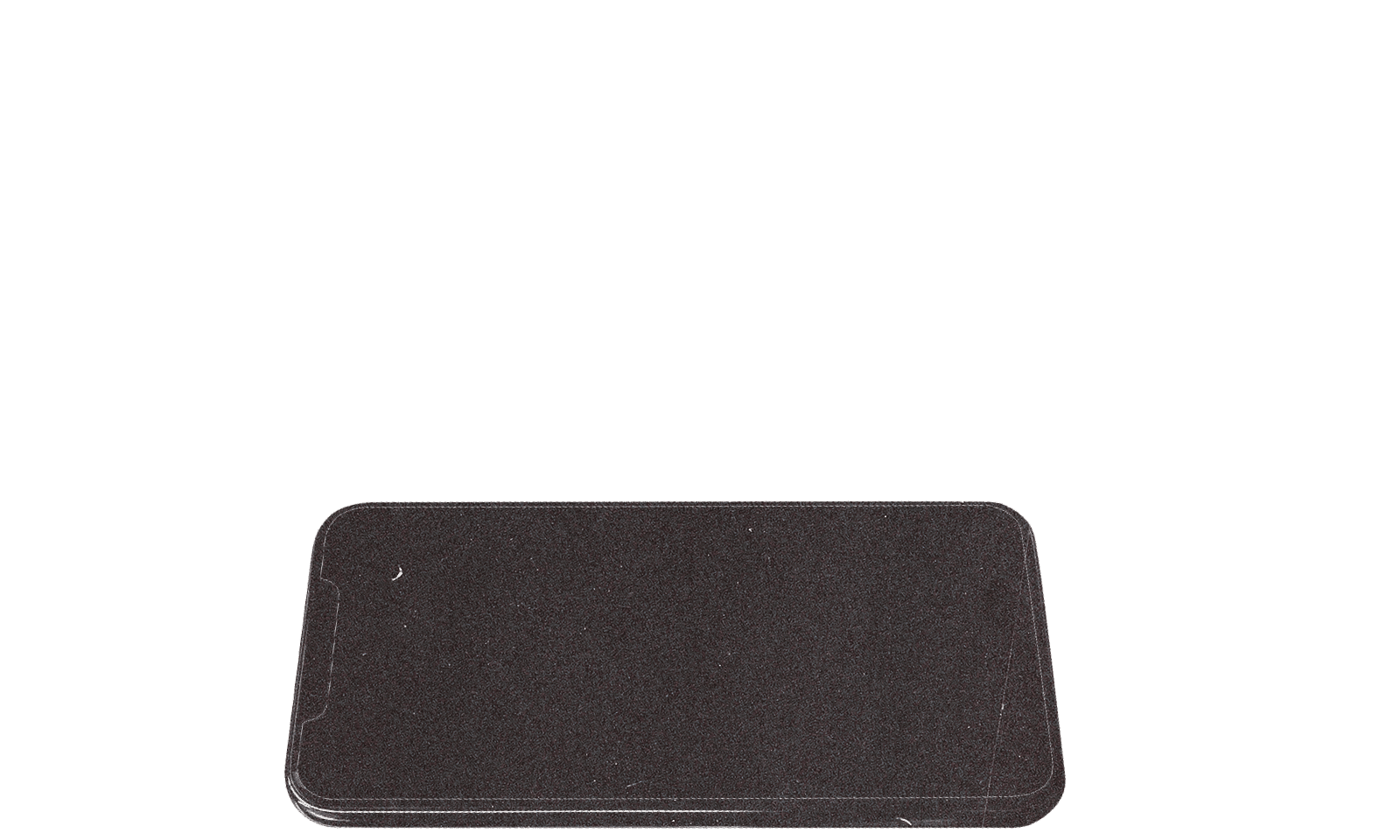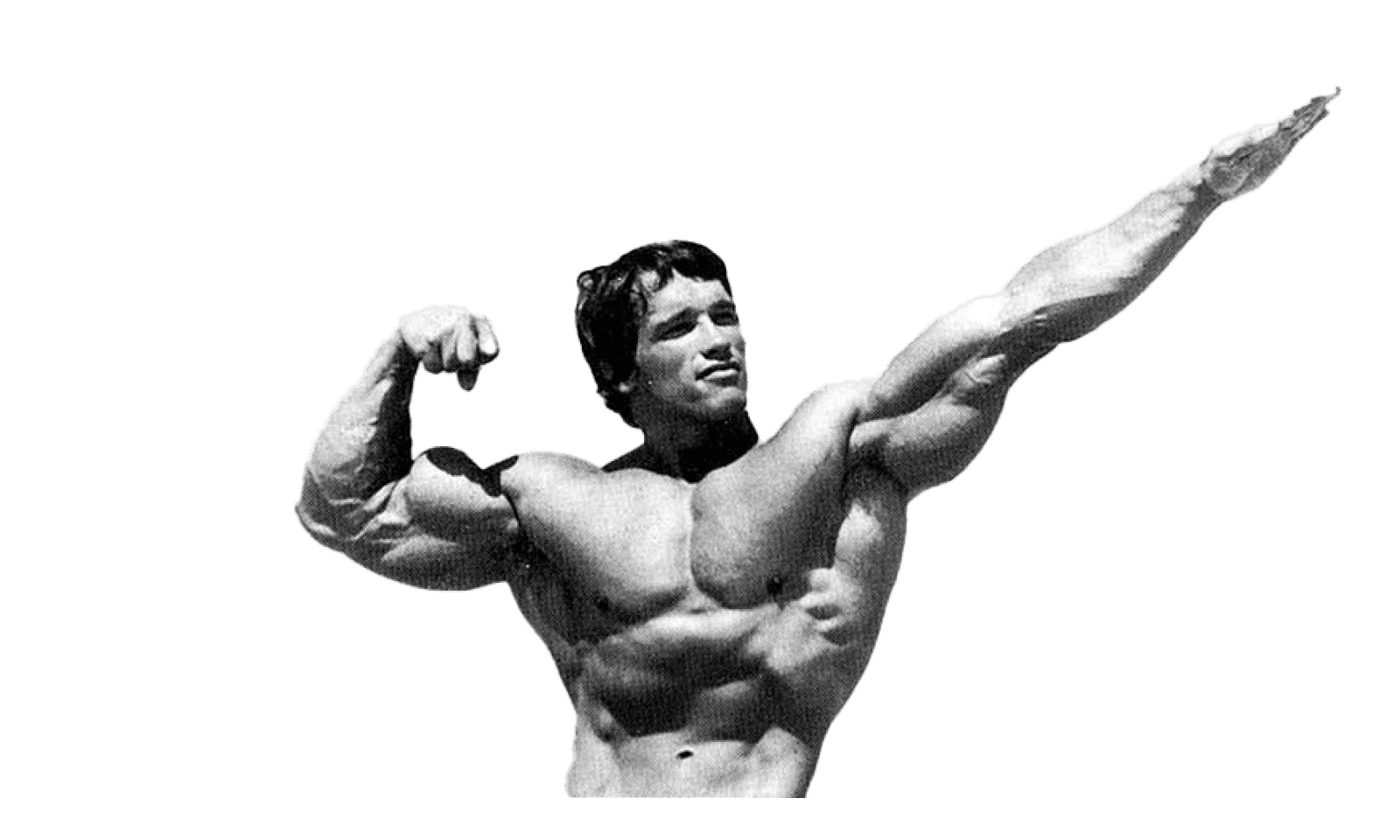Welcome to the positive corner of the internet. No one likes to feel tricked, especially about their health. That’s why every weekday, we make sense of the confusing world of wellness with quick tips designed to make you healthier in less than 5 minutes. If you were forwarded this message, you can get the free daily email here.
Today’s Health Upgrade
The 4-step solution for back pain
About that fat-burner study
How to strengthen your memory
Arnold’s Podcast
Want more stories from Arnold? Every day, Arnold’s Pump Club Podcast opens with a story, perspective, and wisdom from Arnold that you won’t find in the newsletter. And, you’ll hear a recap of the day’s items. You can subscribe on Apple, Spotify, Google, or wherever you listen to podcasts.
Reader Question: I hurt my lower back. What can I do?
From Adam: I’ve broken my back twice. But I never had surgery, and now, decades later, I can still do any activity I choose. So, any time I hear about back pain, I empathize and understand the frustration and pain it causes. However, I know that no matter how bad it might feel or how hopeless it might seem, many DIY approaches can help you relieve your back pain and prevent re-injury.
When lower back pain strikes, the first step is to check with a doctor or physical therapist to see if you have structural damage.
If you’re OK, working on your quads (the muscles on the front of your legs) is the first place to start. We learned this tip from one of the best movement experts in the world, Dr. Mark Cheng.
When your quads are tight, they can affect your movement quality, which can cause pain and injury. Once you know your injury isn’t serious, start with step 1, then follow the other steps to relieve discomfort.
Step 1: Every day (or twice a day), spend 2 to 5 minutes foam rolling each quad, as Dr. Cheng demonstrates here.
Step 2: Next, work on re-activating your core. Think of your core as a “pillar” containing your glutes, hips, abs, obliques, and lower back.
Canadian researcher Dr. Stuart McGill has shown us that just three moves can activate all those muscles. His “Big 3” for reconditioning your lower back are the bird dog, side plank variations, and the McGill Crunch.
Take your time with each movement. Low-back rehab is about perfect technique and controlling the range of motion. Start with 2-3 sets of 8-10 reps for each move at least once daily.
Step 3: Breathing also plays a large role in a well-functioning, stable core. The TVA (transverse abdominis) is an often under-trained muscle in most people because traditional core exercises, like planks and crunches, don’t target it very well.
To do that, you need to add an exercise like 90/90 Supine Breathing to your core exercises above.
Step 4: Wait about a week after your injury to graduate to step four. Lastly, you’ll need to carefully reintroduce the hinge position (when you fold at the waist and allow the chest to drop forward) with light weight. Effective exercises for this are:
Bilateral Y-Raise From Hinge and Rock the Weight Away (start with a light bar)
Try 2-3 sets of 6-8 controlled reps.
Please note: These are general recommendations. Your individual injury history and movement patterns might dictate a different set of recommendations. Use these guidelines, and if your back isn’t feeling better (or at least trending strongly in the right direction) after a few weeks, please get an in-person assessment.
Wait, Do Fat Burners Work?
New research suggests there’s a supplement that boosts weight loss (we’re not talking about Ozempic). But a closer look at the study suggests someone is trying to deceive you.
Despite what supplement manufacturers will have you believe, fat loss supplements are unlikely to provide any benefit.
The latest study compared participants who used a “fat-burner” (those quotes are needed) for four weeks to those using a placebo. The supplement users saw a slight increase in resting metabolism.
But here’s the catch: despite that slight bump, it didn’t translate into results that matter. The researchers found that the supplement did not improve physical activity, sleep quality, caloric consumption, body weight changes, or body fat loss.
Just in case you’re still considering an over-the-counter weight loss product, two years ago, a different group of scientists analyzed 21 studies focusing on fat loss and came to a similar conclusion: you won’t see an improvement in weight loss or cardiometabolic health.
We recommend saving money on fat-burning pills and focusing on sustainable habits such as improving your nutrition (remember tool #2: eating more protein and fiber), exercising, and getting enough sleep.
Don’t Forget: How to Strengthen Your Memory
We’re all too busy these days, so you’re more likely to let things slip your mind. But here’s how to strengthen your brain and hold on to more information.
Recent research suggests writing things down by hand can help improve your memory and retention.
This throwback approach is all about increased brain activation. When you type it doesn’t appear to light up the areas of your brain that support memories.
Writing is a sensory-heavy process, so your brain better decodes the information, making it more likely to recall. While some studies suggest that writing with a digital stylus is better than typing, other research suggests writing on paper leads to more brain activity and efficiency and helps create stronger memories.
If you struggle to remember things, try to jot them down in the moment. Or, here’s a technique that offers multiple benefits: set a five-minute timer before you sleep and write down what’s on your mind and things you don’t want to forget. Not only does the evening “brain dump” help strengthen your memory for the next day, but the research suggests it can help you fall asleep more easily. And when you improve your sleep, that also improves your memory even more.
—
Publisher: Arnold Schwarzenegger
Editors-in-chief: Adam Bornstein and Daniel Ketchell





